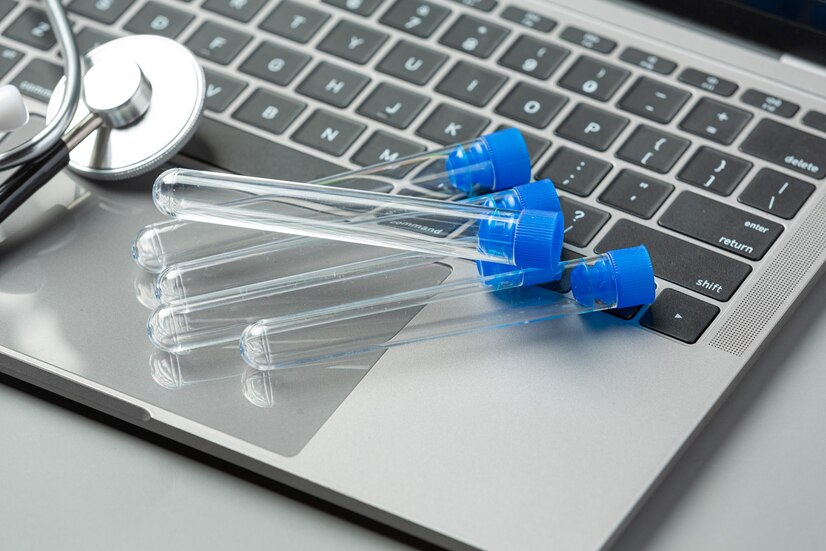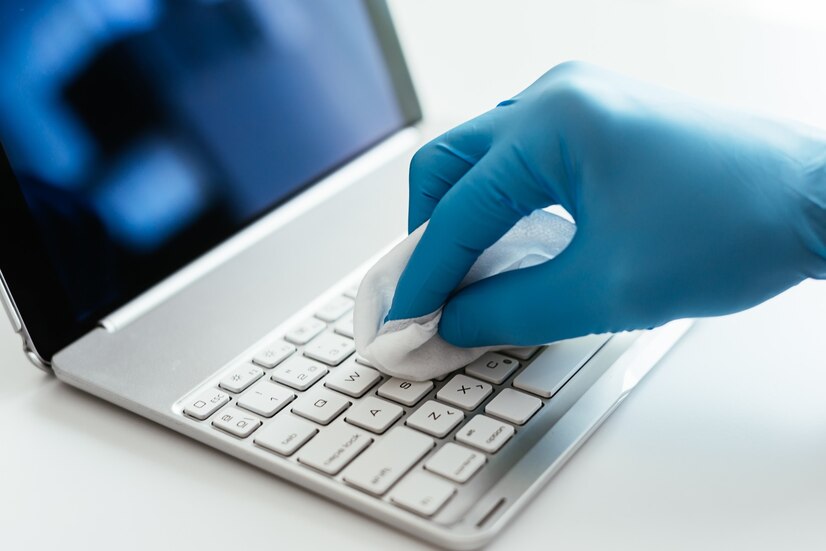In today’s fast-paced world, where cleanliness and hygiene are paramount, the role of Autoclaving in ensuring sterilization cannot be overstated. From medical facilities to laboratories and even the food industry, autoclaves play a vital role in eliminating harmful microorganisms and ensuring the safety of products and processes.
Autoclaving is a process used to sterilize equipment and supplies by subjecting them to high-pressure saturated steam at elevated temperatures. This process effectively kills bacteria, viruses, fungi, and spores, making it an essential step in various industries.
How Autoclaves Work
Autoclaves operate on the principle of increasing pressure and temperature to create an environment where microorganisms cannot survive. As steam is introduced into the chamber, it penetrates the materials being sterilized, effectively killing any present pathogens.
Types of Autoclaves
There are several types of autoclaves, each designed for specific applications. Gravity displacement autoclaves, pre-vacuum autoclaves, and steam-flush pressure-pulse autoclaves are among the most common varieties, each offering unique advantages depending on the requirements of the sterilization process.
Applications of Autoclaving
Autoclaves find widespread use across various industries, including medical, laboratory research, and food processing. In the medical field, autoclaves are indispensable for sterilizing surgical instruments and managing medical waste. Laboratories rely on autoclaves for sterilizing equipment and preparing culture media, while the food industry utilizes autoclaves in canning and beverage packaging processes.
Benefits of Autoclaving
One of the primary advantages of autoclaving is its effectiveness in achieving sterilization. Additionally, autoclaves offer time and cost efficiency compared to alternative sterilization methods, making them an attractive choice for industries requiring large-scale sterilization.
Challenges and Considerations
Despite its benefits, autoclaving comes with its own set of challenges. Proper load arrangement, maintenance, and validation are crucial factors to ensure the effectiveness and reliability of the sterilization process.
Future Trends in Autoclaving
Advancements in technology are driving innovations in autoclaving, with automation and robotics playing an increasingly significant role. These advancements aim to improve efficiency, reduce human error, and enhance overall sterilization outcomes.
Environmental Impact of Autoclaving
While autoclaving is an effective sterilization method, it also has environmental implications, particularly in terms of energy consumption and waste management. Efforts to minimize these impacts include the development of energy-efficient autoclaves and sustainable waste disposal practices.
Safety Precautions in Autoclaving
Ensuring operator safety is paramount when working with autoclaves. Personal protective equipment (PPE) and proper training are essential to minimize the risk of accidents and exposure to hazardous materials.
Common Mistakes in Autoclaving
Common mistakes in autoclaving include overloading the chamber, which can impede steam penetration and compromise sterilization effectiveness. Additionally, selecting the incorrect cycle for the materials being sterilized can lead to suboptimal results.
Regulatory Compliance

Regulatory bodies such as the FDA set guidelines and standards for autoclaving processes to ensure safety and efficacy. Compliance with these regulations is essential for businesses operating in industries where sterilization is critical.
Conclusion
Autoclaving remains a cornerstone of sterilization across various industries, offering a reliable and efficient means of eliminating harmful microorganisms. As technology advances and environmental considerations become increasingly important, the future of autoclaving holds promise for further improvements in efficiency, safety, and sustainability.
FAQs
Is autoclaving the only method of sterilization available?
Autoclaving is one of the most widely used methods of sterilization due to its effectiveness and efficiency. However, other methods such as chemical sterilization and irradiation are also employed in certain applications.
Can autoclaves sterilize all types of materials?
Autoclaves are suitable for sterilizing a wide range of materials, including glassware, surgical instruments, and laboratory equipment. However, certain materials, such as plastics sensitive to heat, may require alternative sterilization methods.
What is the difference between a gravity displacement autoclave and a pre-vacuum autoclave?
In a gravity displacement autoclave, air is removed from the chamber by gravity, whereas in a pre-vacuum autoclave, air is evacuated using a vacuum pump before steam is introduced. Pre-vacuum autoclaves are often preferred for sterilizing porous materials and wrapped instruments.
How often should autoclaves be serviced and validated?
Autoclaves should undergo regular maintenance and validation to ensure optimal performance and compliance with regulatory standards. The frequency of servicing depends on factors such as usage volume and the nature of the materials being sterilized.
Are there any risks associated with autoclaving?
While autoclaving is generally considered safe when performed correctly, there are potential risks such as burns from hot surfaces and exposure to steam and hazardous materials. Adhering to safety protocols and proper training minimizes these risks.
